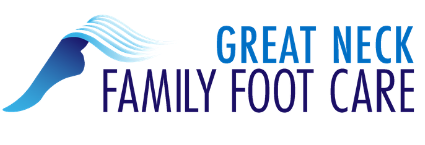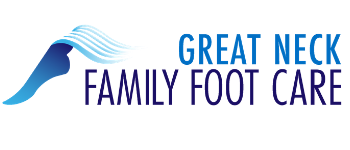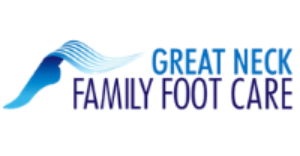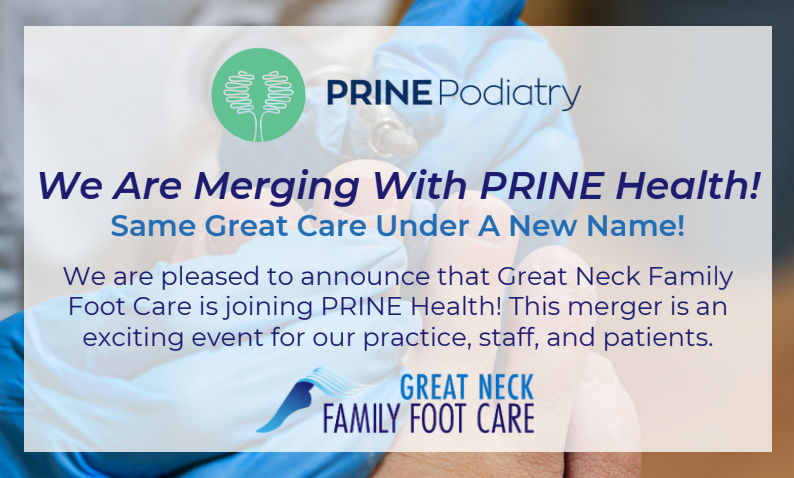05 Dec A Pain in the Big Toe
Most people don’t give their big toes much thought—until they are in pain and then it becomes all too obvious the big role our big toes play in everyday activities. If you have not recently injured your big toe but notice that it’s a little stiff and achy, you may be suffering from a condition known as hallux limitus.
What Causes Hallux Limitus?
In some people, the long bone behind the big toe joint, known as the first metatarsal bone, can be misaligned, leading to the discomfort and stiffness in the toe. This foot abnormality can be genetic. Hallux limitus can also come on after an injury or blow to the toe. In many cases, overuse of the toe joint is the cause of this condition. People whose work or recreational activities require significant amounts of bending or kneeling are more likely to develop hallux limitus.
Prompt Treatment a Plus
At Great Neck Family Foot Care, we see people suffer unnecessarily with hallux limitus for a long time before seeking treatment. This condition is progressive. Although it may seem only a little uncomfortable initially, if left untreated, arthritis will develop, bone spurs can form and the pain will increase, while the range of motion will decrease. Eventually, the condition will progress to hallux rigidus—this is when the toe has become rigid and all motion is lost. At this point, simple activities like walking, standing, and bending over become extremely difficult. Other joint problems, calluses, and open sores can also develop.
If your big toe is bothering you, contact our office to make an appointment with one of our board certified foot and ankle surgeons, Dr. Alec Hochstein or Dr. Diana Gagliano, sooner rather than later. The podiatrist will take a complete medical history and carefully examine your toe and foot. Digital x-rays (which can be performed right in our Great Neck office) and other imaging tests may be ordered to get a clearer picture of the condition of the joint and to rule out other possible causes of your toe pain. Once diagnosed, the foot doctor will prescribe the right treatment for you, which may include: medications, custom orthotics, and physical therapy. In cases that have progressed too far to be treated successfully by these more conservative approaches, surgery may be necessary.
Take the first step to relieving your big toe pain by calling our office at (516) 482-5999. Just a reminder: Great Neck Family Foot Care now offers house calls for our patients who find it difficult to get to the office due to age, illness, or injury.





Sorry, the comment form is closed at this time.